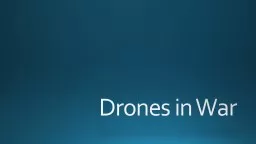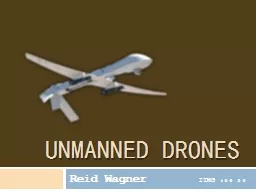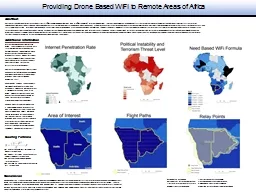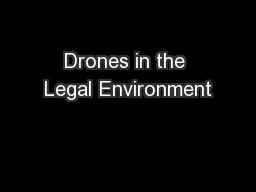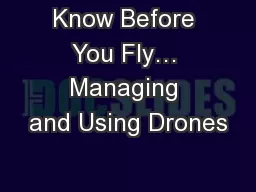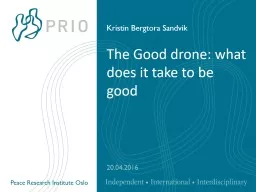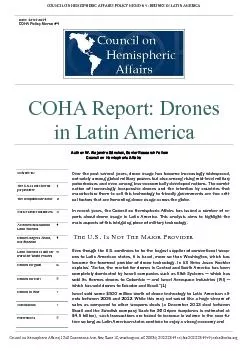PPT-Drones in War
Author : lindy-dunigan | Published Date : 2017-04-14
Drones Unmanned Aerial Vehicle UAV or Remote Piloted Aircraft RPADrones Flown remotely via satellite link by operators on the ground Drone strikes are typically
Presentation Embed Code
Download Presentation
Download Presentation The PPT/PDF document "Drones in War" is the property of its rightful owner. Permission is granted to download and print the materials on this website for personal, non-commercial use only, and to display it on your personal computer provided you do not modify the materials and that you retain all copyright notices contained in the materials. By downloading content from our website, you accept the terms of this agreement.
Drones in War: Transcript
Download Rules Of Document
"Drones in War"The content belongs to its owner. You may download and print it for personal use, without modification, and keep all copyright notices. By downloading, you agree to these terms.
Related Documents

